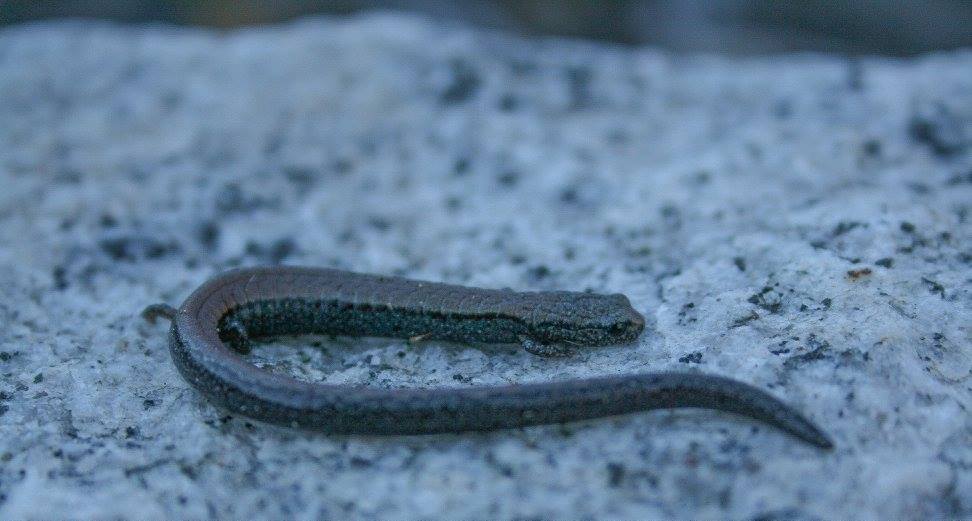As a child I was enthralled with reptiles, mesmerized by the unending stare of a snake and the myriad geometric patterns and colors of turtle and lizard scales. I would spend hours trekking through nearby fields and streams in search of all things slimy and scaly- a habit I never grew out of. Growing up in the Midwest, species of the western US up until now were encountered only as pictures in books and childhood daydreams. After relocating to the west coast, much of my free-time is spent in the field attempting to catch a glimpse of the native reptile and amphibian species of central California. More recently, I have become interested in identifying and untangling the seemingly unfathomable number of bird species found here on the Central Coast. As I encounter local species of reptiles, amphibians and birds I will be posting pictures of these animal encounters along with interesting natural history facts about each specimen. There is so much beauty within the world to be discovered and appreciated; why not start in one’s own backyard.
Let’s take a look at another species of lungless salamander common to the area: Batrachoseps nigriventris, the Black-bellied Slender salamander. These little guys have been hard to come by given the recent drought and heat; however, once a bit of moisture and a milder ambient temperature roll on in, Black-bellied slender salamanders will be regularly encountered. They are a small species, growing only a few inches in length, and are commonly found beneath moist debris such as rotting logs. Their slender appearance, small legs, and very long tail give them an almost worm-like appearance. When surprised, they tend to flail about- again looking a bit like a deranged worm. Like other species of lungless salamanders, oxygen exchange occurs through the skin and mucus membranes.
Here’s a pretty horrendous picture of another individual found just yards away from the previous: As you can see, there is a good deal of variability in the basic coloration of this species. It is not uncommon for individuals to have a lighter base color and a reddish back. While this guy looks a bit different from the previous, they are in fact the same species.

Okay, sit tight, another amphibian is on the way!

